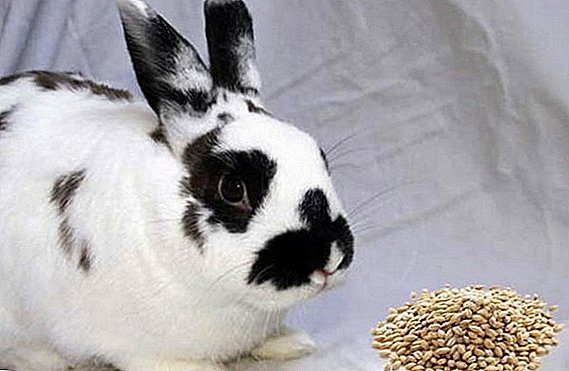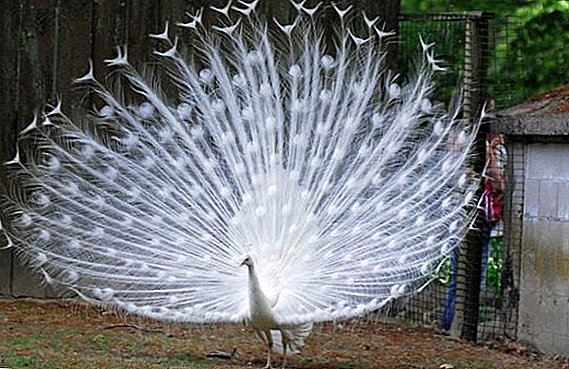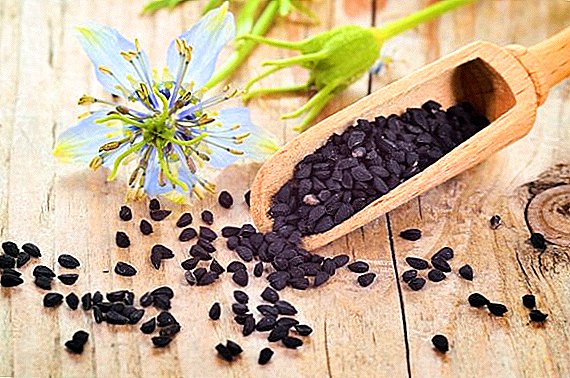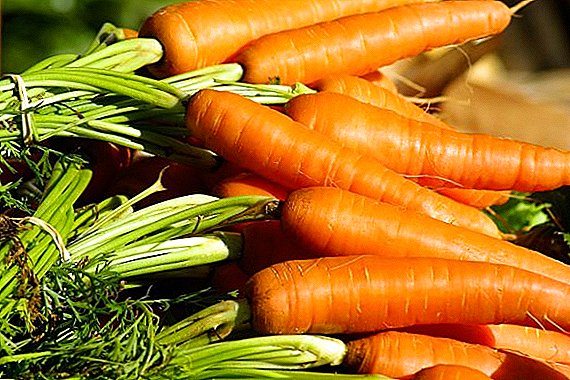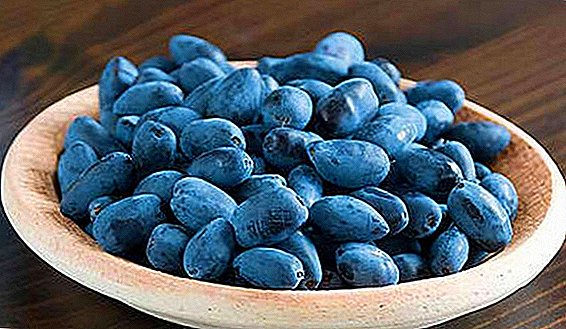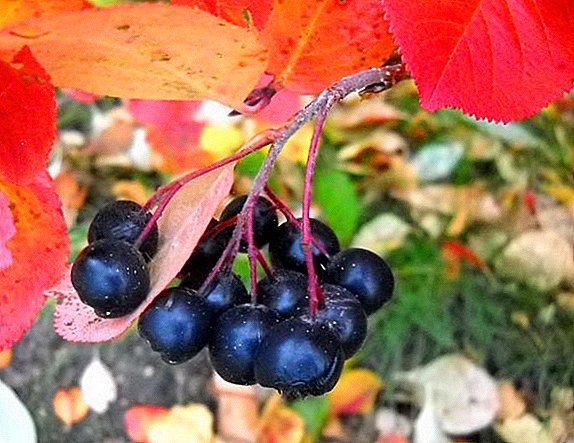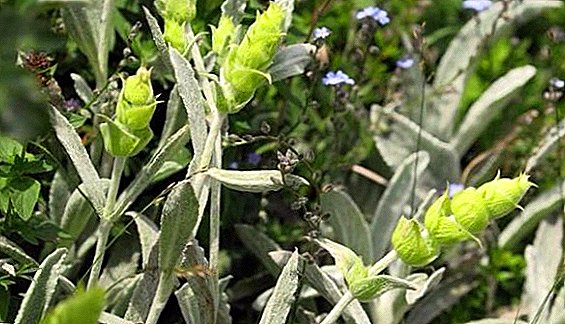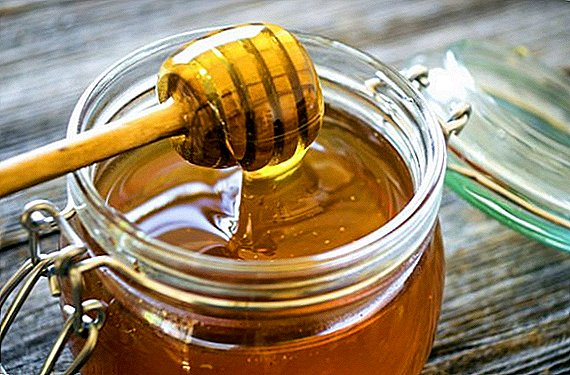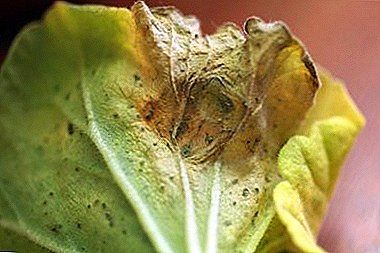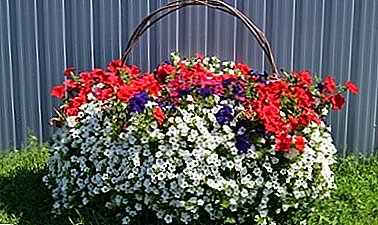
The flora of our planet is very diverse. There are wild and domestic plants adapted to live in small pots, there are those that are artificially bred. Each flower is beautiful and unique in its own way.
What is a mini-petunia and how to properly care for it - read on in our material.
Botanical description
Mini-petunia belongs to the genus Petunia. These perennials are semi-shrub-shaped or look like herbaceous plants with creeping or erect stems.
Mini-petunia belongs to the family of the nightshade, which means it is easy to grow as inexperienced housewives.
Petunia was discovered in 1770 near the territories of Uruguay. Nowadays, hybrid forms of flowers are displayed. The beginning of this process was laid in 1835. As a result, fly, large-flowered and abundantly flowering varieties were “born”.
Variety varieties, features and photos
Mini-petunia is also called both dwarf and small. The variety has the following features:
- The size of the flowers reaches no more than 4-5 cm, but they abundantly dot the entire plant, which gives it the shape of a large magnificent ball.
- Foliage can be completely lost in the bright abundance of this beauty.
- The size of the shoots is shorter when compared with standard varieties. Erects do not exceed 20 cm, and ampelous varieties have branches 30-35 cm long.
- All varieties of petunia mini have a high growth rate and are characterized by long flowering.
- The stem of the plant is more rigid and woody, on it and on the leaves you can see densely planted short hairs.
Dark salmon dwarf
This is a very small plant. It blooms earlier with the simultaneous disclosure of several buds at once. Branched bush, funnel inflorescences with a diameter of 4-5 cm. They have an interesting color - salmon. The plant is decorated with balconies and loggias. The variety has high resistance to climatic conditions.

Mirage F1
Height of a plant is 25-35 cm. This series consists of hybrid forms of 25 various shades. There are flowers with bright veins, with a bright middle, monophonic and with dark edges.

Fantasy F1 blue
This is a terry petunia with small flowers (2.5-4 cm in diameter), plant height 20-25 cm. The bush is compact, resembling a ball. A distinctive feature is abundant flowering and frost resistance.

Cinderella F1 Purple
The variety is a branching bush with a huge number of flower stalks. The size of a bush in height of 20 cm. A flower color gentle - violet. The variety requires a lot of nutrients to care.

A detailed description of the mini-petunia variety Cinderella F1 Violet can be found in this useful video:
Care dwarf beauty
This series of flowers can be grown in pots and balcony boxes, and a place in flower beds is quite suitable. The plant is sown on seedlings in February - April.
- When buying seeds, note that they are in granules. Covered with an easily soluble composition that simplifies the process of sowing and growing.
- Pellets must be placed on the surface of a slightly compacted and spilled water substrate. After there is a plentiful moistening from a spray and pots are covered with glass. Do not allow the drying of the seed coat.
- The first shoots can be seen in 1.5-2 weeks while maintaining the indoor temperature of 22-24 ° C and with sufficient lighting. Direct sunlight on pots is unacceptable.
- Seedlings need to be moistened and pickled at the growth stage, when 2-3 true leaves have already been formed. After a dive, it is necessary to feed with a complex fertilizer containing iron and trace elements for the rapid formation of roots and the acceleration of the flowering process. The timing of flowering can be affected by changing the length of daylight.
- The best temperature for plant growth and development will be considered already 16-18 ° C. Seedlings placed in the ground only after the end of frosts.
- The most suitable soil for this variety is light, fertile, sufficiently drained, where the sunlight gets for a long time. The place must be protected from the wind.
Diseases and pests
It is possible to start counting in 7 days after planting the seedlings and until August. Watering is required moderate, because the flower does not approve of waterlogging. Like any plant, petunia can tolerate a number of diseases and fight off the attack of pests. With poor care, the flower may suffer from:

- Wet and gray rot. A sign of the disease will be the appearance on the flowers, leaves and stems of light brown spots, which over time become covered with gray fluffy patina. The main cause of the disease - low temperature, high humidity, excess nitrogen in the soil. In order to avoid the disease should not be allowed a thick landing. It is a pity, but a sick plant will not be able to recover. Soil from it is not used for planting another flower.
- Aphids. You can use insecticides or process the plant under a strong stream of water.
- Mealy dew. May occur due to sudden temperature changes and high humidity. It is expressed in the fact that the leaves and flowers are covered with a bloom of white. In this case, the unhealthy parts of the plant are removed, after which the flower is treated with sulfur.
Reproduction peculiarities and possible problems
Transfer the plant from garden to pot in the fall. Reproduction of petunia goes through cuttings.
- Good grafts are selected for grafting and kept in a cool place during the winter.
- Cut cuttings from the plant in March, remove the lower leaves, leaving 2-3 pairs of the top.
- Before planting, the cutting is kept for several minutes in Kornevin.
- After they are placed in the water for rooting or immediately stuck into the ground, covered with polyethylene. It is removed with the formation of new leaves.
When growing mini-petunias, there is a risk of encountering the following problems.:
- Leaf curling. The reason lies in living on a spider mite plant. To combat it, the flower is treated with acaricide. Another reason may be low humidity and high temperature.
- Yellow leaves with a lack of light and iron deficiency. Magnesium is also important, which prevents leaf fall.
- Young seedlings with strong and frequent soil moistening die because of the resulting rot in the roots.
- The manifestation of barren flowers on petunias is possible due to planting in a small container and the lack of food in the soil. Either the plant has not gained strength after planting.
From these colors, very interesting compositions are obtained. They are used in decorating offices, cafes, apartments, balconies and gazebos. And what is very important - mini-petunias have high immunity to negative weather conditions, which allows the flower to grow in any corner of the country.


